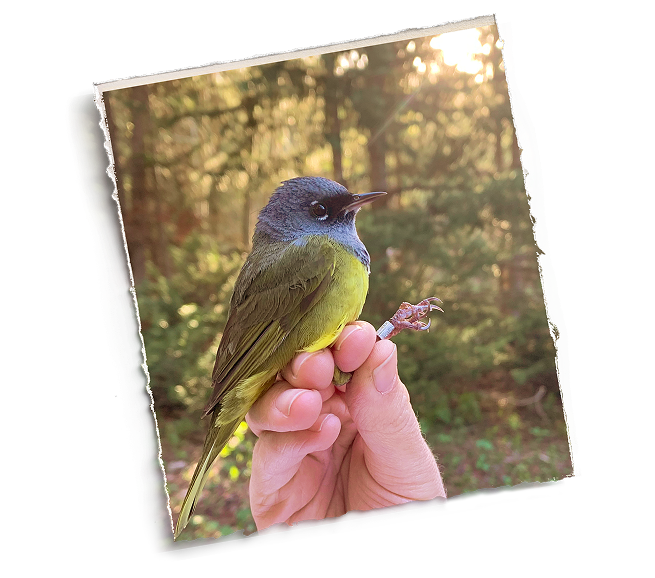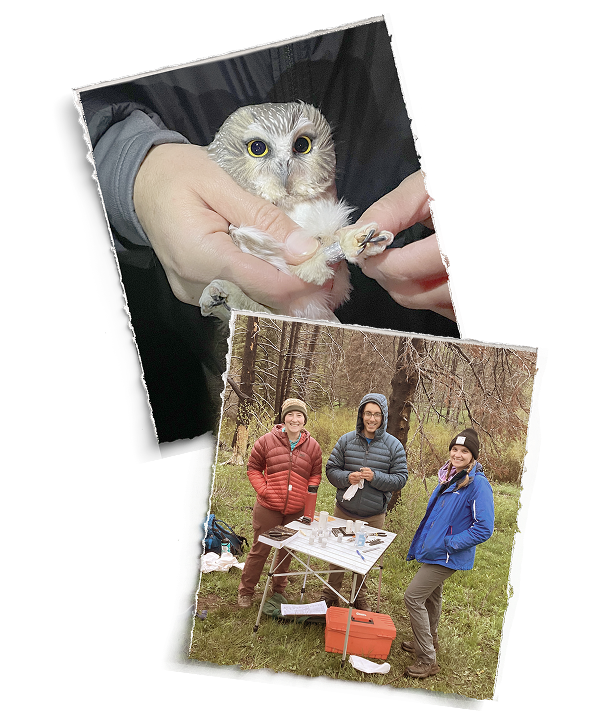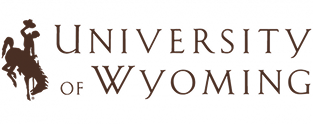Conservation at
Jackson Fork Ranch
Keeping the wild in Wyoming.
Our conservation efforts aren’t just an initiative. It’s a way of thinking — woven into every decision we make, every acre we manage, and every fence line we walk.
We work alongside state and regional partners to ensure this land remains deeply integrated within the Yellowstone ecosystem.

How we maintain a delicate balance in the rugged Hoback.
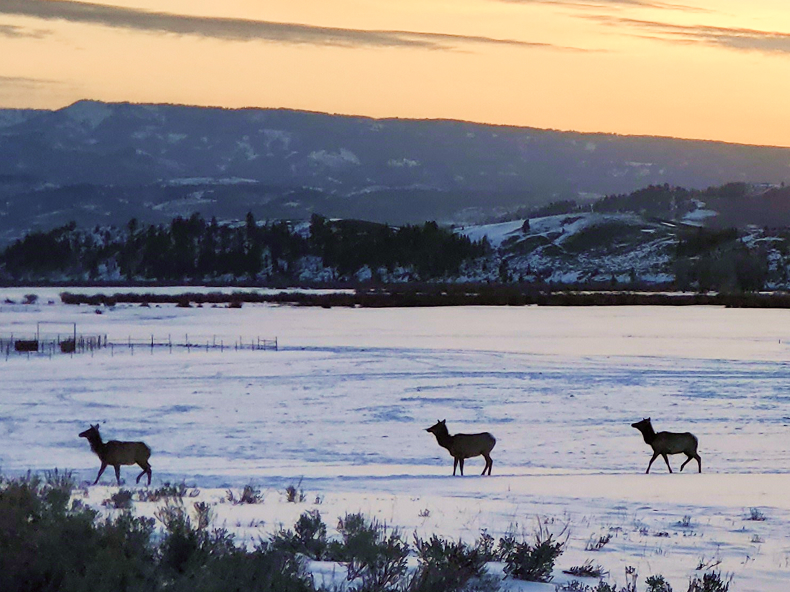
Facilitating migration.
Mule deer, elk and pronghorn antelope cross our property every spring and fall. We continually work to improve passage in the Red Desert to Hoback migration corridor.
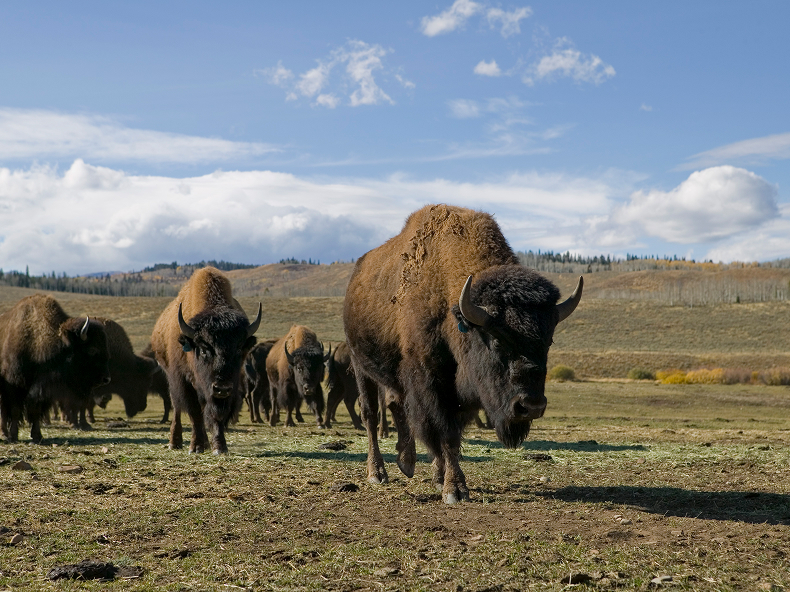
Getting to know our neighbors.
Conducting our own studies. Communicating with other researchers. We gather information about the species around us to better understand our surroundings.
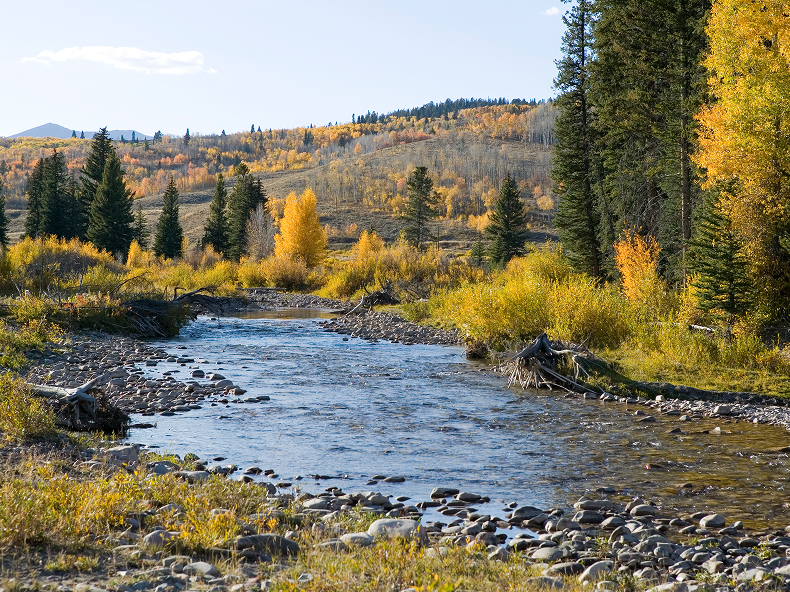
Leading protection practices.
Environmental assessments of our actions — like enhancing riparian zones — make sure they’re in line with best management practices. This shows fellow landowners how they, too, can protect our western heritage.
Nature isn’t a backdrop. It’s a stakeholder.
Lending a hand to our winged friends.
Birds are an integral part of the Yellowstone ecosystem. We’re doing what we can to make sure it stays that way.
Banding birds for better understanding.
Since 2021, we’ve banded more than 770 Northern Saw-whet owls and 75 Boreal owls during fall migration.
Focusing on fire impact.
Our long-term study on the impact of fire on breeding bird communities aims to help forest managers make informed decisions.
Researching declining hummingbird habitats.
During their migration to Mexico, masses of hummingbirds stop over near the ranch to refuel on abundant fields of flowers.
Working with local universities, we fund species preservation research in the Yellowstone ecosystem.
Responsible land ownership means
managing for more than just ourselves.
